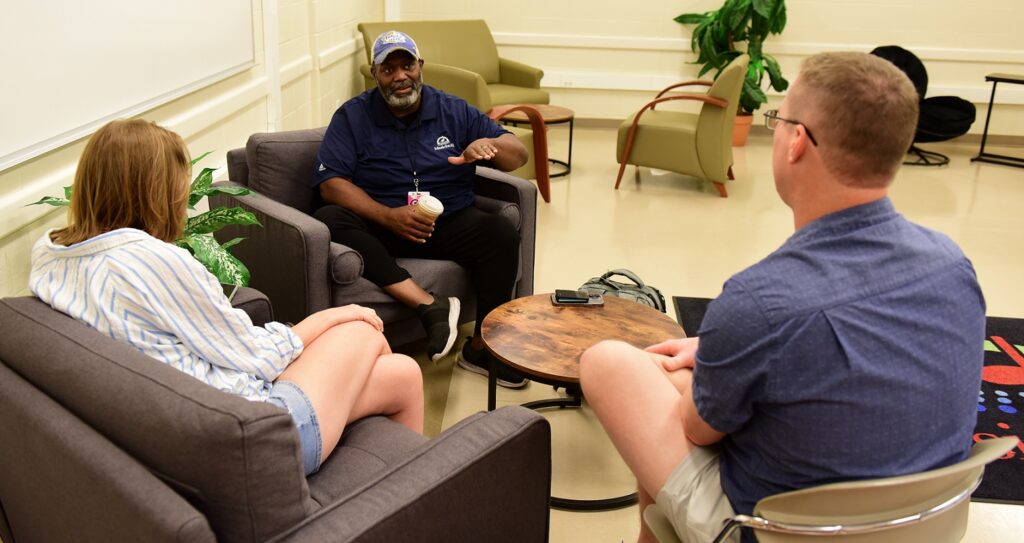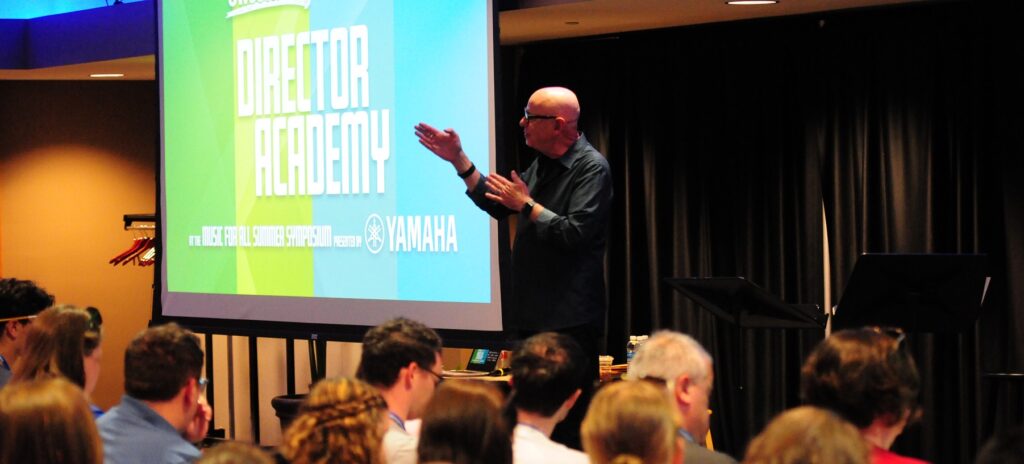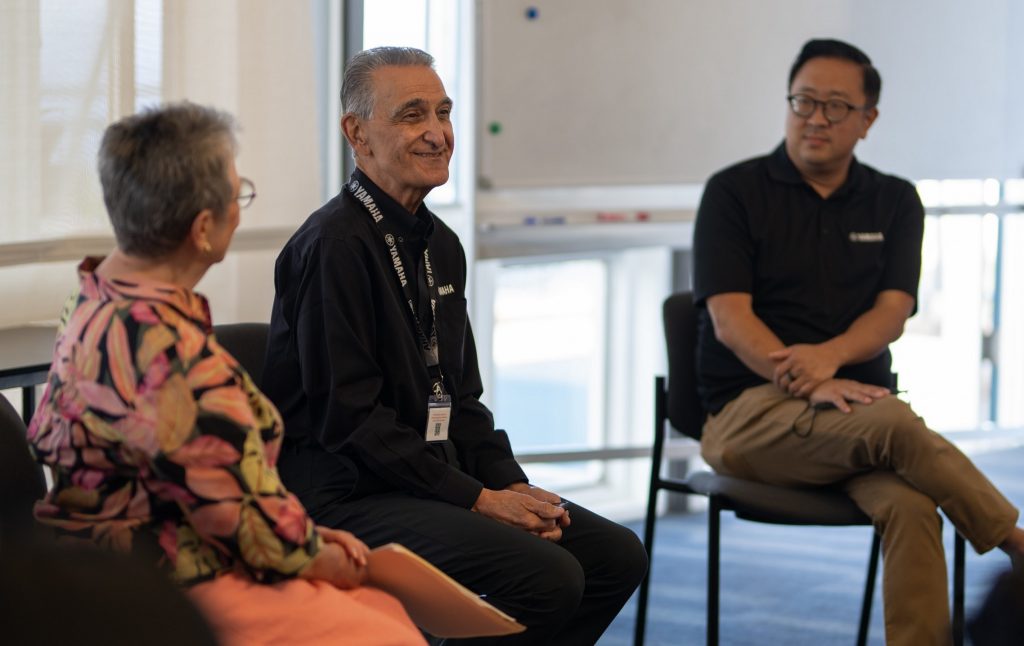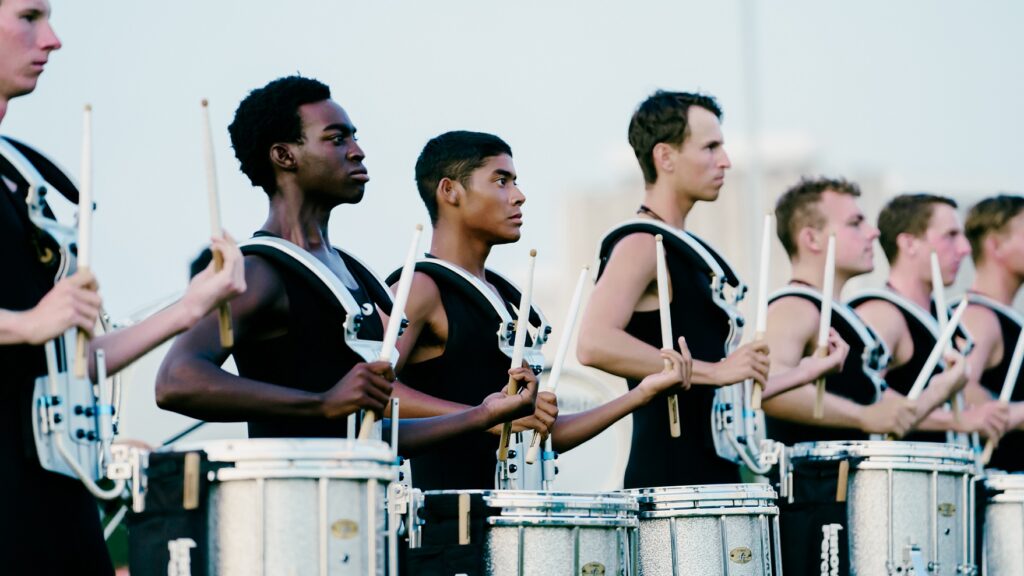Tips to Get the Most Out of a Conference
Learn, network and thrive at music education conventions.
Tradeshows can be powerful ways for music educators to hone new skills, network and find inspiration. But as attendees go to sessions and roam exhibit halls, the experience can be overwhelming.
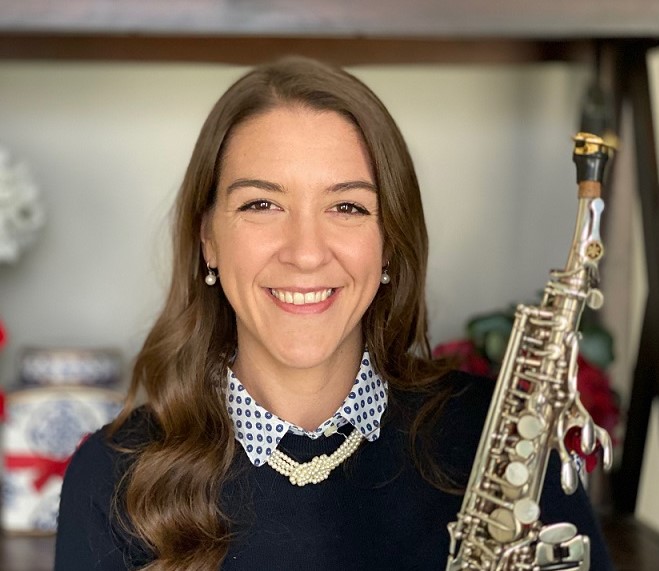 Jessica Voigt-Page, now a veteran of music education conferences, remembers feeling so dazzled and overwhelmed at the 2012 North American Saxophone Alliance conference that when she met noted saxophonist Eugene Rosseau, she failed to introduce herself.
Jessica Voigt-Page, now a veteran of music education conferences, remembers feeling so dazzled and overwhelmed at the 2012 North American Saxophone Alliance conference that when she met noted saxophonist Eugene Rosseau, she failed to introduce herself.
“It was the first time I’d ever been in the same space as a lot of the really big-name performers and pedagogues of my field,” says Voigt-Page, an adjunct lecturer in saxophone at Baylor University in Waco, Texas. “There was almost that starstruck nature.”
Forgetting to mention her name was a learning moment for Voigt-Page, who also teaches music entrepreneurship and professional development at Baylor. “I realized that I needed to have a plan when I met people and when I interacted with people,” she says. “I needed to know what I was going to say … and to include my name in that elevator pitch.”
THE YAMAHA EDUCATOR NEWSLETTER: Join to receive a round-up of our latest articles and programs!
Plan and Prepare
How can you thrive at your next professional development conference?
Some conferences feature dozens of sessions, so you could easily miss a must-see program if you don’t scan the schedule before the opening keynote. Check the schedule online before the conference opens to research the sessions, speakers and performers. “It allows you to better understand the angle they are coming from and the angle they are going to be taking in that clinic or presentation or performance,” Voigt-Page says.
Many conferences, including the Percussive Arts Society International Convention (PASIC), offer apps that let attendees browse the full events schedule and check off the sessions that they plan to attend to create a personalized conference calendar on their smartphones. Joshua Simonds, executive director of the Percussive Arts Society, recommends studying a map of the convention hall or hotel, so you can chart out your routes between programs.
Ask for Funding
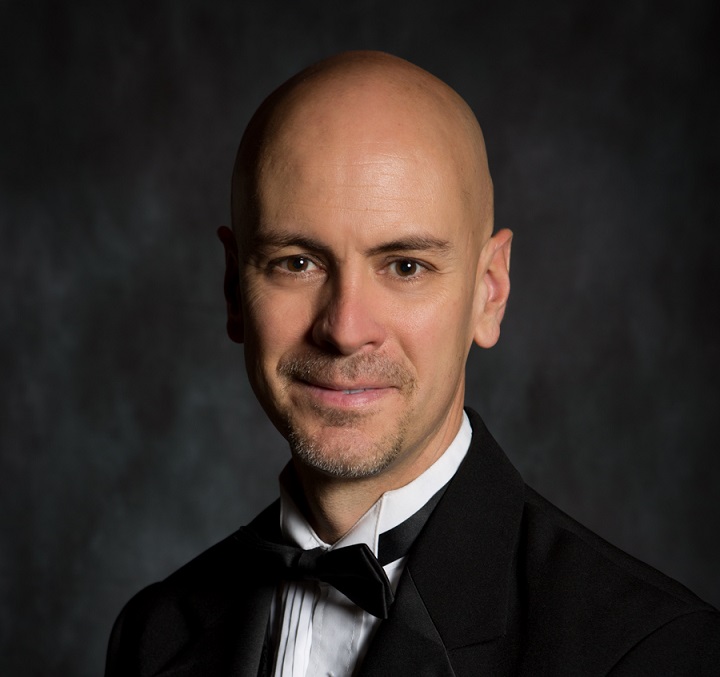 Budgets may be tight for many music educators, but often school districts have professional development funds or innovation grants. Have a conversation with your administrators and department leaders about why you want to go, what you hope to learn and, most importantly, how the new knowledge will help your students grow, says Daniel Berard, a Yamaha Master Educator and director of bands at Chatfield Senior High School in Littleton, Colorado.
Budgets may be tight for many music educators, but often school districts have professional development funds or innovation grants. Have a conversation with your administrators and department leaders about why you want to go, what you hope to learn and, most importantly, how the new knowledge will help your students grow, says Daniel Berard, a Yamaha Master Educator and director of bands at Chatfield Senior High School in Littleton, Colorado.
Foundations or school booster groups may also be able to help cover at least part of the cost of attending a conference. If funding isn’t available, Berard doesn’t mind paying his own way. “I’ve never once regretted making a financial investment in my own personal or professional growth,” he says.
Walk the Exhibit Floor
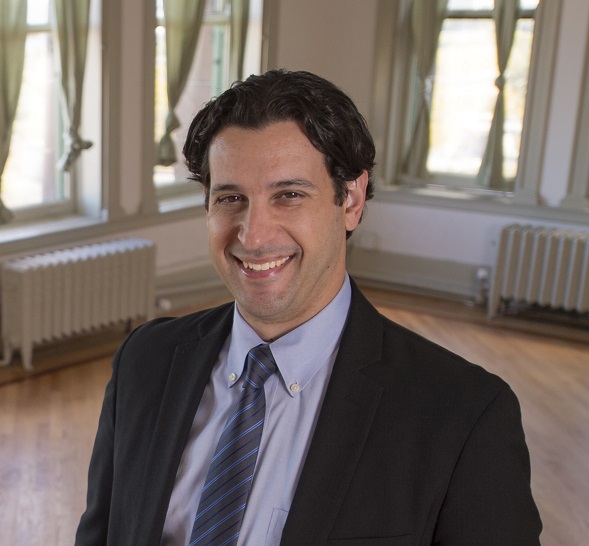 With dozens of vendors and organizations, the exhibit hall can seem daunting. To alleviate some of that stress, scan the full space, then zero in on individual areas.
With dozens of vendors and organizations, the exhibit hall can seem daunting. To alleviate some of that stress, scan the full space, then zero in on individual areas.
At PASIC, Simonds likes to walk the entire exhibit floor first and then return later to visit specific booths based on his needs. On his second time through, he takes advantage of the opportunity to talk with the people behind the products and services.
“You are dealing with the actual people who make the instrument or know about it more than anybody else,” Simonds says. “They want you to talk to them. They may not want you to play on the instrument for 10 minutes nonstop. But you have their full attention, which is awesome.”
Don’t be Shy
At larger conferences, you may turn a corner and run into a music education luminary or world-class performer. Resist the urge to nervously run away; instead, take the opportunity to introduce yourself, Berard says.
A turning point in Berard’s career was when he found the courage to ask legendary conductor Richard Floyd what it would take for Floyd to visit his school. “Without batting an eye, Richard said, ‘Just ask,’” Berard recalls. “That one little conversation in the hallway of The Midwest [Clinic] turned into a lifelong dear friendship. People are so willing to share information, and that’s really … the lasting impact of [going to] a convention.”
Remember to Follow Up
Making connections and gaining new ideas are often the main goals of attending a conference; however, those tasks can be difficult if your notes are scattered. Conference veterans recommend creating your own system to stay organized.
Berard types out running notes on his phone, records voice memos and snaps photos of a concert program. After the conference, he’ll take the time to go over everything.
Voigt-Page gets a new notebook for each conference and jots down highlights from different sessions and details about the people she meets. Once she gets home, she sends each individual a quick thank-you message, stating something she learned or enjoyed from the meetup.
“We don’t always get told ‘thank you’ for the things we present and the work we do at these conferences,” says Voigt-Page, who often performs and speaks at conferences. “It’s going to make them feel really great about themselves, and you’ve built a really solid connection in a positive way.”
Key Music Education Conferences
Here is a sampling of national conferences geared toward music educators. Check your state music education association for events in your area.
- Music for All Summer Symposium
- Percussive Arts Society International Convention
- The Midwest Clinic International Band and Orchestra Conference
- Jazz Education Network
- American String Teachers Association
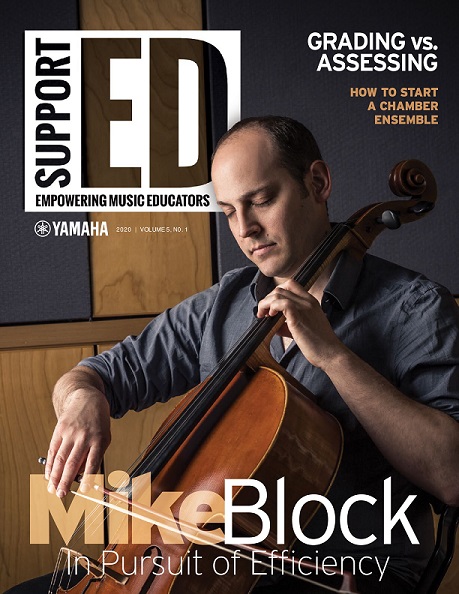 This article originally appeared in the 2020N1 issue of Yamaha SupportED. To see more back issues, find out about Yamaha resources for music educators, or sign up to be notified when the next issue is available, click here.
This article originally appeared in the 2020N1 issue of Yamaha SupportED. To see more back issues, find out about Yamaha resources for music educators, or sign up to be notified when the next issue is available, click here.












